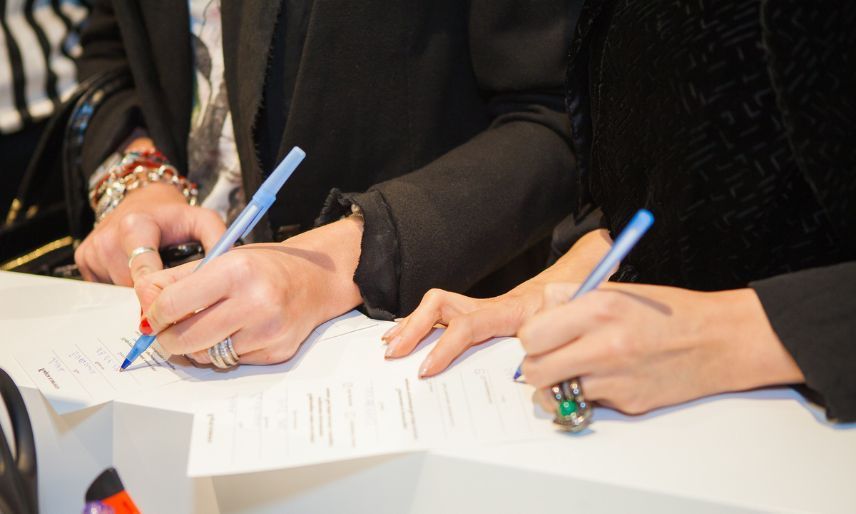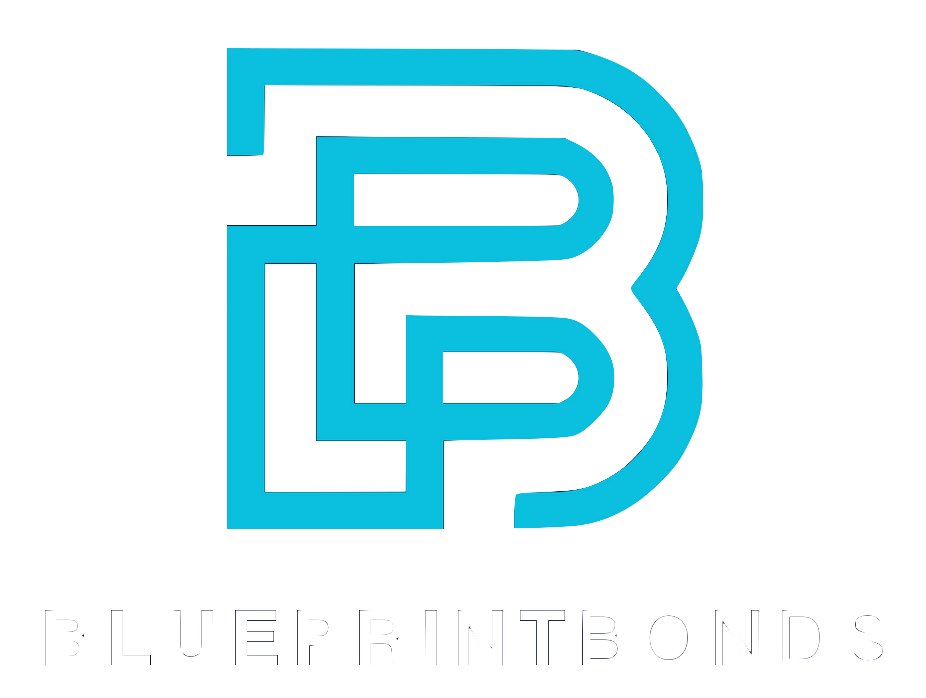The surety market is entering a dynamic phase of growth and transformation as we approach 2025. With infrastructure projects booming globally and innovative risk management techniques emerging, the landscape for surety bonds is evolving rapidly. Industry stakeholders—from insurers and brokers to contractors and developers—are keenly watching market rates, capacity shifts, and regulatory influences that will shape their strategies in the coming years.
Valued at $16 billion in 2021, the global surety market is projected to expand significantly, reaching upwards of $24.4 billion by 2031 at a steady compound annual growth rate (CAGR) of 4.4% from 2022 to 2031. This growth trajectory reflects the increasing reliance on surety bonds to secure financial commitments and manage risks across construction, infrastructure, and commercial sectors. For those interested in a deeper dive into the market’s fundamentals, the Allied Market Research report offers comprehensive insights into these trends.
Market Drivers: Infrastructure Growth and Regulatory Demand
The surety market’s expansion is closely tied to the surge in infrastructure development worldwide. Governments and private entities are investing heavily in large-scale projects, ranging from transportation networks to residential construction. These initiatives inherently require financial guarantees to ensure project completion and compliance, fueling demand for surety bonds.
Public-private partnerships (PPPs) have become a prominent driver, as noted by industry experts who highlight how these collaborations have significantly increased the need for surety bonds. Large government-funded infrastructure programs, especially in emerging economies, are creating fertile ground for surety providers to expand their footprint. The heightened regulatory environment, which often mandates surety bonds for licensing and contract awards, further cements the market’s growth prospects.
According to a recent expert insight, the rise in public-private partnerships and government initiatives is a key factor behind the expanding surety market, underpinning a positive outlook for the next decade.
Moreover, the increasing focus on sustainable infrastructure is reshaping the landscape of the surety market. As governments prioritize eco-friendly projects, such as renewable energy installations and green transportation systems, surety providers are adapting their offerings to meet the unique challenges associated with these initiatives. This shift not only drives demand for traditional surety bonds but also opens avenues for innovative financial products that cater to environmentally conscious projects.
Additionally, technological advancements are playing a crucial role in the evolution of the surety market. The integration of digital platforms and data analytics is enhancing the underwriting process, allowing surety companies to assess risks more accurately and efficiently. As a result, the ability to provide timely and competitive bond quotes is improving, which is essential in a fast-paced market where project timelines are often tight. This technological evolution is not just streamlining operations; it is also fostering greater transparency and trust between stakeholders, further propelling the growth of the surety market.
Rates and Capacity Trends: What to Expect in 2025
As demand for surety bonds grows, market participants are closely monitoring rates and capacity—the two pillars that determine the accessibility and cost-effectiveness of surety products. Historically, rates have fluctuated based on economic cycles, underwriting performance, and competitive pressures. In 2025, the market is expected to maintain a balanced environment, supported by steady premium growth and cautious capacity expansion.
Capacity, or the amount of surety risk insurers are willing to underwrite, is influenced by both company strategies and broader economic conditions. Recent developments in the industry, such as Core Specialty’s acquisition of American Surety Company in June 2024, are indicative of consolidation efforts aimed at broadening product offerings and strengthening market positions. This acquisition notably expanded Core Specialty’s capabilities in bail and commercial surety bonds, reflecting a strategic move to capture more market share and diversify risk portfolios.
With new entrants and established players enhancing their underwriting frameworks, capacity is expected to grow moderately, allowing for larger project bonds and more complex risk structures. The market’s projected growth to $27.31 billion by 2029, with a CAGR of 6.8%, underscores the robust appetite for surety products and the willingness of insurers to back sizable commitments. For a detailed market forecast, the The Business Research Company’s insights provide valuable data on these trends.
Impact of Technological Innovation on Underwriting
Technological advancements are reshaping underwriting methodologies, enhancing risk assessment accuracy, and improving profitability. A notable example is a study published in June 2025 that introduced a multi-agent reinforcement learning framework for reinsurance treaty bidding. This innovative approach demonstrated up to 15% higher underwriting profit and 20% lower tail risk compared to traditional methods, signaling a paradigm shift in how surety risks are evaluated and priced.
Such developments not only improve efficiency but also allow insurers to offer more competitive rates while maintaining robust risk controls. As these technologies become more widely adopted, the surety market is likely to experience improved capacity utilization and more tailored bond solutions for clients. Additionally, the integration of big data analytics and artificial intelligence into underwriting processes is expected to further refine risk assessment. By analyzing vast datasets, insurers can identify emerging trends and potential risks more accurately, enabling them to adjust their strategies proactively. This data-driven approach not only enhances the precision of underwriting decisions but also fosters a more agile response to market fluctuations, ultimately benefiting both insurers and their clients.
Furthermore, the rise of blockchain technology is poised to revolutionize the surety bond landscape by increasing transparency and reducing fraud. Smart contracts, which execute automatically when predefined conditions are met, can streamline the claims process and enhance trust among stakeholders. As these innovations continue to evolve, they will likely create new opportunities for collaboration and efficiency within the surety market, paving the way for a more resilient and responsive industry.
Recent Market Developments and Their Implications
The surety market has witnessed significant strategic moves and product innovations in recent months. For instance, ICICI Lombard’s launch of surety insurance in July 2024 marks a milestone in enhancing financial security for large projects. This product introduction supports advanced risk management and offers financial flexibility, catering to the evolving needs of infrastructure and construction sectors.
ICICI Lombard’s entry into the surety space is expected to intensify competition and drive innovation, benefiting end-users through improved service offerings and potentially more attractive pricing structures. The company’s initiative is detailed in a recent market report that highlights how new product launches are shaping the industry landscape.
Additionally, the consolidation trend, exemplified by Core Specialty’s acquisition of American Surety Company, is expected to continue as firms seek to expand their capabilities and geographic reach. These moves are critical in a market where scale and diversification can significantly influence underwriting capacity and pricing power.
Moreover, the increasing complexity of construction projects, driven by technological advancements and sustainability requirements, necessitates a more nuanced approach to risk management. As projects become larger and more intricate, the demand for specialized surety products that address unique risks associated with these developments is on the rise. This trend is prompting insurers to innovate and tailor their offerings, ensuring that they meet the specific needs of contractors and project owners alike.
Furthermore, regulatory changes and heightened scrutiny in the financial sector are also influencing the surety landscape. Insurers are now required to adopt more stringent underwriting practices and enhance their risk assessment methodologies. This shift not only aims to protect consumers but also ensures the long-term viability of the surety market. As a result, companies that can adapt swiftly to these regulatory demands while maintaining competitive pricing and service quality are likely to emerge as leaders in this evolving market environment.
Competitive Landscape and Strategic Outlook
The surety market is characterized by a mix of global insurers, specialty providers, and regional players, each vying to capture growth opportunities. The competitive environment is intensifying, driven by rising demand and the need for innovative risk solutions. Companies that invest in technology, broaden product lines, and deepen client relationships are better positioned to thrive. As businesses increasingly seek to mitigate risks associated with construction and contractual obligations, the demand for surety bonds is expected to rise, prompting insurers to refine their offerings and enhance customer service.
Research and Markets’ “Surety Market Report 2025” emphasizes the importance of understanding market segmentation, regulatory frameworks, and competitive dynamics to navigate this evolving landscape effectively. Key drivers such as infrastructure development and compliance requirements are shaping how companies allocate resources and design their offerings. Furthermore, the report highlights the growing trend of digital transformation within the industry, where automation and online platforms are streamlining the bond application process, making it more accessible for clients and reducing turnaround times for approvals.
Looking ahead, market participants should anticipate continued growth in bond volumes, moderate rate adjustments aligned with risk profiles, and enhanced underwriting discipline supported by data analytics and AI-driven tools. Those who adapt swiftly to these changes will likely gain a competitive edge in securing profitable business and expanding market share. Additionally, as environmental, social, and governance (ESG) considerations become increasingly important, surety providers are expected to incorporate sustainability metrics into their risk assessments, potentially reshaping the underwriting landscape. The integration of ESG factors not only aligns with global trends but also meets the expectations of clients who prioritize responsible business practices.
Conclusion: Preparing for the 2025 Surety Market
The surety market in 2025 is poised for sustained growth fueled by infrastructure investments, regulatory demands, and technological innovation. With the global market expected to surpass $24 billion by 2031 and capacity expanding through strategic acquisitions and product launches, stakeholders have ample opportunity to capitalize on emerging trends.
However, navigating this landscape requires careful attention to rate movements, capacity availability, and evolving underwriting practices. Embracing new technologies, understanding regulatory shifts, and fostering robust partnerships will be essential for success.
For those involved in surety bonds—whether as insurers, brokers, or project owners—the outlook is promising but demands agility and informed decision-making. Staying abreast of market developments, such as ICICI Lombard’s surety insurance introduction and the application of advanced AI frameworks in underwriting, will be key to unlocking value and managing risks effectively in 2025 and beyond.
To explore the latest market analysis and company strategies, the Surety Global Markets and Companies Analysis Report 2025 offers a comprehensive resource for stakeholders aiming to stay ahead in this vibrant sector.




